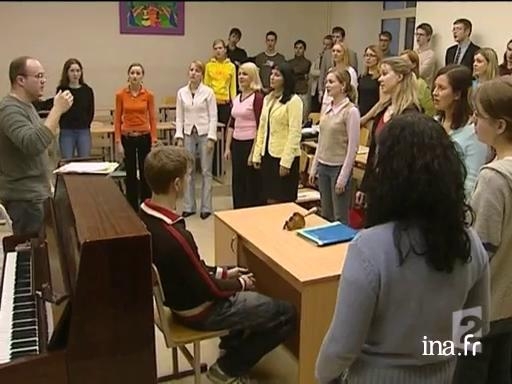Latvian chants

Information
In the Baltic countries, in Latvia, chants were an instrument of defense against Soviet invaders, and they helped save the traditional culture, language and religion. Today, the Latvian Dainas are sung throughout the country.
Context
A true weapon of resistance and identity affirmation, the choral tradition has over time become the main cultural institution of Latvia through which a whole nation honours and perpetuates its national ancestral roots that have been often threatened by the successive invasions (Polish, Swedish and Russian) that this small country has had to endure throughout its eventful history.
By performing "dainas" in choir, these small traditional songs of country origin, extremely simple and formerly sober, mainly deal with life in the fields and the relationship between man and nature. A mix of popular culture, religion and language that Latvians have managed to preserve in the intimacy of families and communities. And when, at the end of the 80s, the population rose up against 50 years of Soviet domination, it was through crowds performing these timeless songs that the movement intensified - the "Singing Revolution", as it was known, suddenly giving a voice to the soul of the people who'd finally been liberated.




